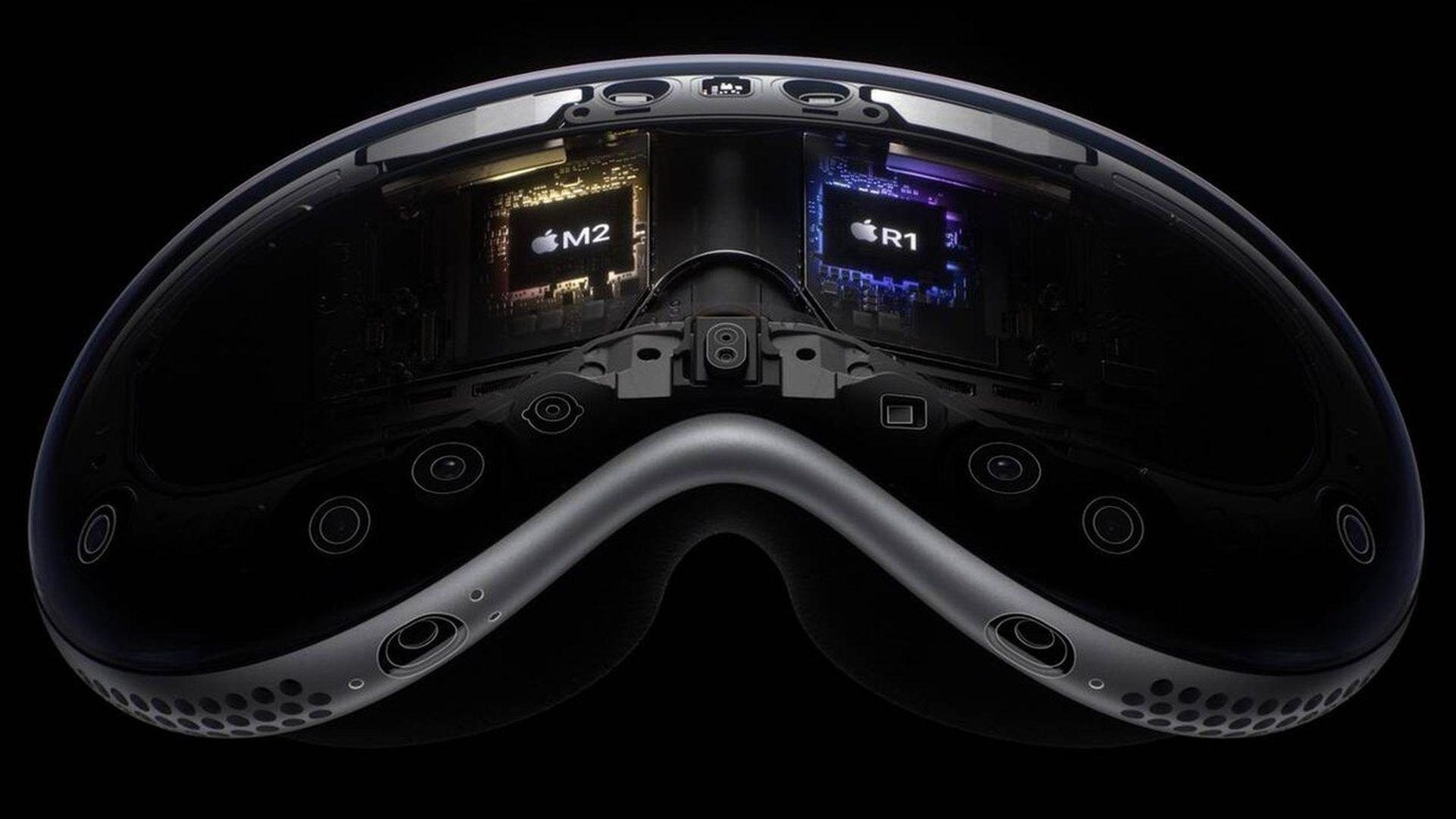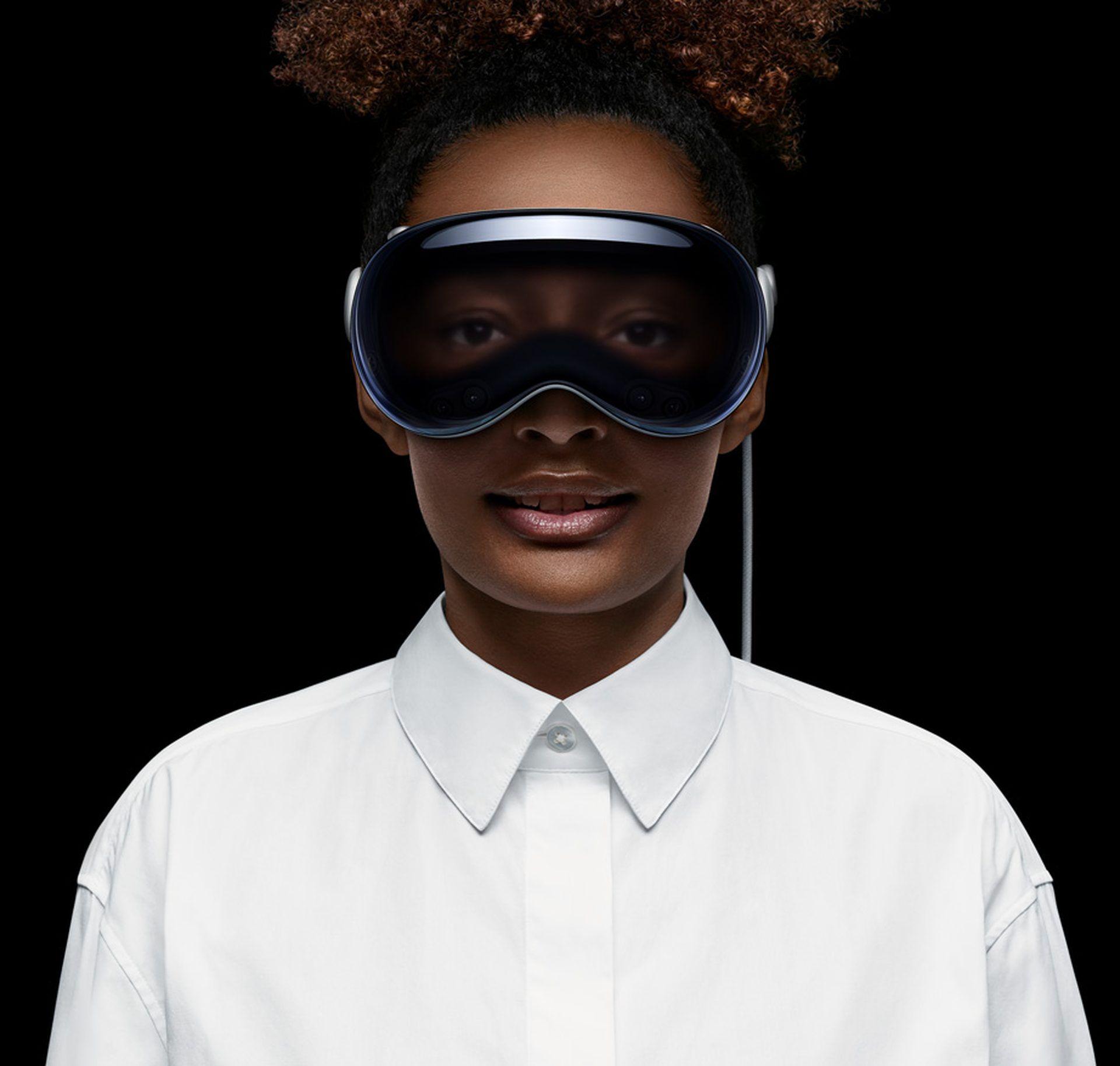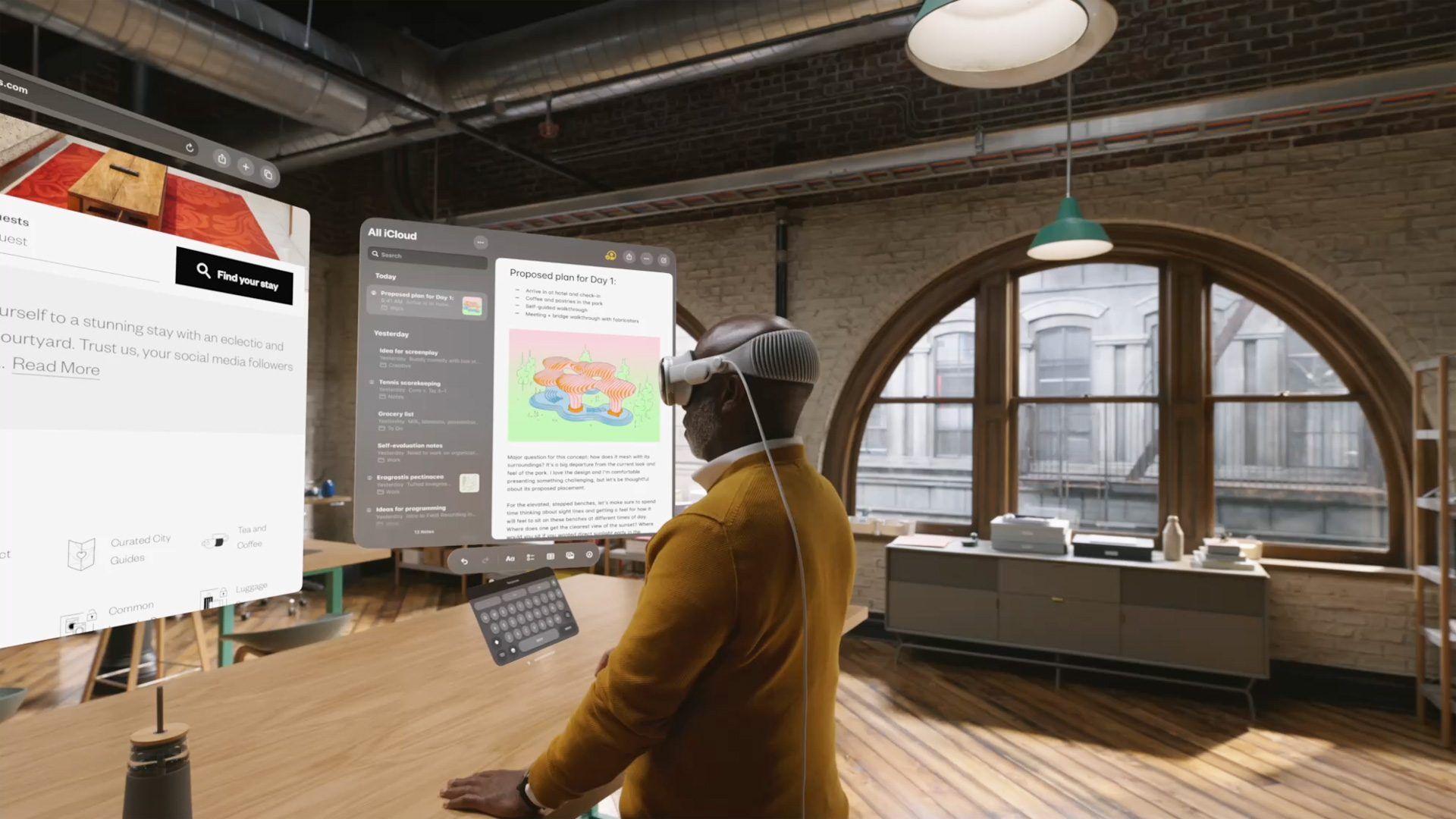Apple unveiled the Apple R1 chip, aka Vision Pro chip, a dedicated CPU built for their groundbreaking mixed-reality headset, the Apple Vision Pro. Because of its advanced features and ability to work in tandem with the M2 chip, the R1 processor is destined to revolutionize the immersive experience.
The Vision Pro chip shines as an example of a customized microprocessor carefully designed to fulfill the needs of mixed-reality headsets like the Vision Pro. When combined with Apple’s M2 microprocessor, found in their popular MacBook Air, the R1 CPU enables a whole new dimension of sensory immersion and user interaction. Let’s take a closer look at what the Apple R1 chip is capable of.

Apple R1 chip (Vision Pro chip) is the heart of the mixed-reality headset
Apple recently announced its new mixed-reality headset, the Vision Pro. The headset is powered by a dual-chip system consisting of the M2 processor and the R1 chip. The M2 processor is responsible for running the headset’s operating system and applications, while the R1 chip is responsible for processing data from the headset’s sensors.
Is Apple Vision Pro the “iPhone moment” for mixed reality?
The Vision Pro chip is a custom-designed chip that is specifically optimized for augmented reality (AR) applications. It features a number of features that are essential for a smooth and immersive AR experience, including:
- High-speed sensor processing: The R1 chip is able to process data from the headset’s sensors at a very high speed. This is essential for keeping the AR experience smooth and responsive.
- Low latency: The R1 chip has very low latency, which means that there is very little delay between the time that an event is detected by the headset’s sensors and the time that it is displayed on the headset’s display. This is important for providing a realistic and immersive AR experience.
- Power efficiency: The R1 chip is power efficient, which is important for extending the battery life of the headset.

The R1 chip is a key component of the Vision Pro headset. It is responsible for providing a smooth and immersive AR experience. The R1 chip is a powerful and versatile chip that is well-suited for AR applications. It is likely to play a major role in the development of AR technology in the years to come.
The Vision Pro chip offers various cutting-edge features, such as:
- Smooth and immersive AR experience: The R1 chip’s high-speed sensor processing, low latency, and power efficiency all contribute to a smooth and immersive AR experience.
- Wide range of applications: The R1 chip is designed for a wide range of AR applications, including gaming, education, and enterprise.
Apple R1 chip is one of the reasons for Vision Pro’s $3499 price tag
The Vision Pro headset’s high price tag is a direct result of the cutting-edge technology and creative design that went into creating the Apple R1 chip. The headgear is a big investment at $3499. The Vision Pro’s premium price tag may be somewhat explained by the fact that it has not one but two processors (the R1 and the M2), but it is also important to recognize the extensive set of innovative features and capabilities at your disposal.

Apple’s goal is to provide its discriminating customers with the highest degree of technology, complexity, and immersion possible, and the price reflects that.
The Apple Vision Pro headset, powered by the M2 CPU and Apple’s proprietary R1 chip, is in a class of its own. Apple has solved the problems associated with motion sickness by using the Vision Pro chip’s super-fast processing capabilities, making for a more pleasant and immersive mixed-reality experience. However, we have to admit that the Vision Pro may be more expensive and have a smaller battery life than other mixed reality headsets, but its cutting-edge technology and unparalleled performance make it well worth the investment.
Image courtesy: Apple
To learn more, click here.





